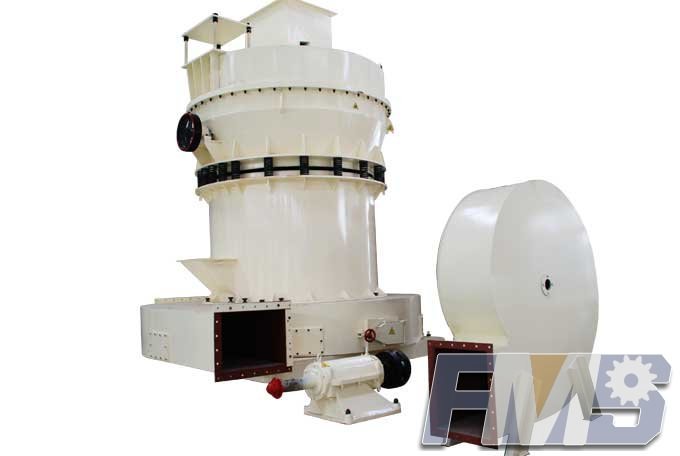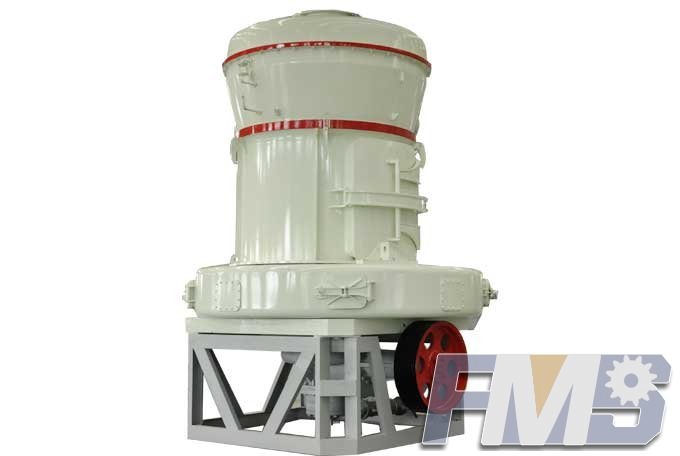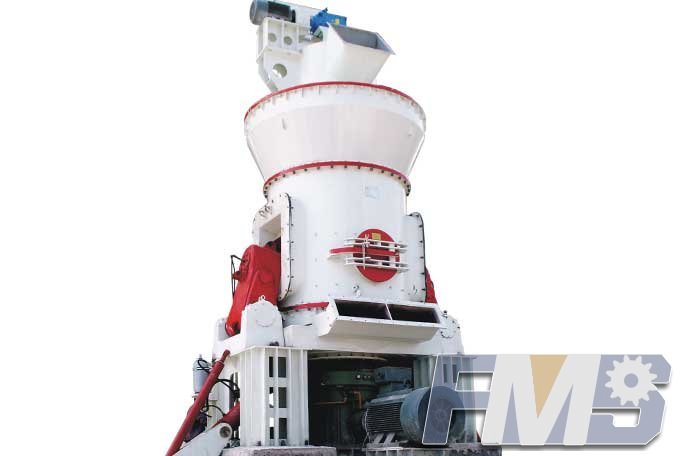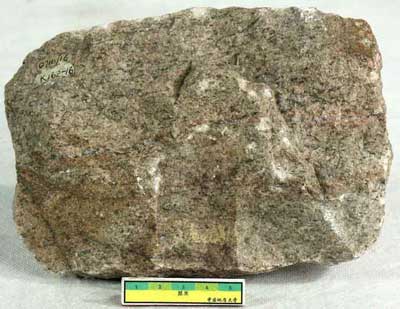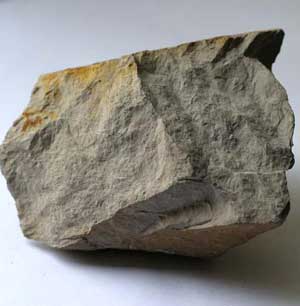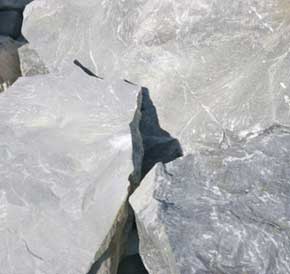Screening in Aggregate Processing Plant
Screening employs apertures, usually square but also round and rectangular, to separate particles into 'oversize' (retained) and 'undersize' (passing) fractions. Particles are repeatedly presented to these apertures during the screening process. The separation is strongly dependent upon particle size but is also a function of particle shape and the duration of the screening process. Unlike classification, it is essentially independent of particle density. With respect to shape, only a spherical particle can be defined by a single dimension, d, clearly of little practical import. An irregular particle may be considered to have three orthogonal axes and dimensions measured along these axes, in order of decreasing magnitude, of a, b and e. If the particle is repeatedly presented to the apertures, a screen will define particle size in terms of the two lesser dimensions b and c only. The greatest dimension will not determine the screen 'size'.
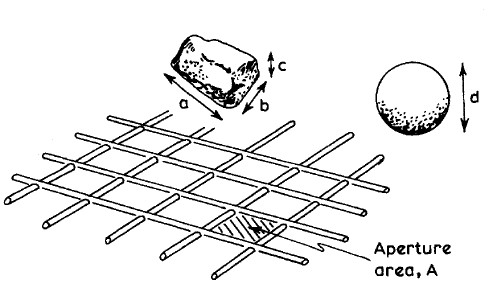
Screen capacity is determined by the total screen area, the aperture size and the density of the material. For common materials, values of capacity in terms of tonnes per hour per square metre have been established empirically. Most of these values are related to the use of woven or welded steel wire mesh, the screen surface, 'deck' or 'mat' comprising square apertures. Woven wire is relatively inexpensive and offers the advantage of greatest 'percentage open area' (ratio of total screen area to area of apertures) and, therefore, capacity per unit area. Disadvantages are poor resistance to wear and corrosion and high noise levels.
Tagged: Vibrating ScreenScreening
Get Detail Information:
(If you do not want to contact to our online customer service, please fill out the following form, Our client manager will contact you later. We will strictly protect your privacy.)



